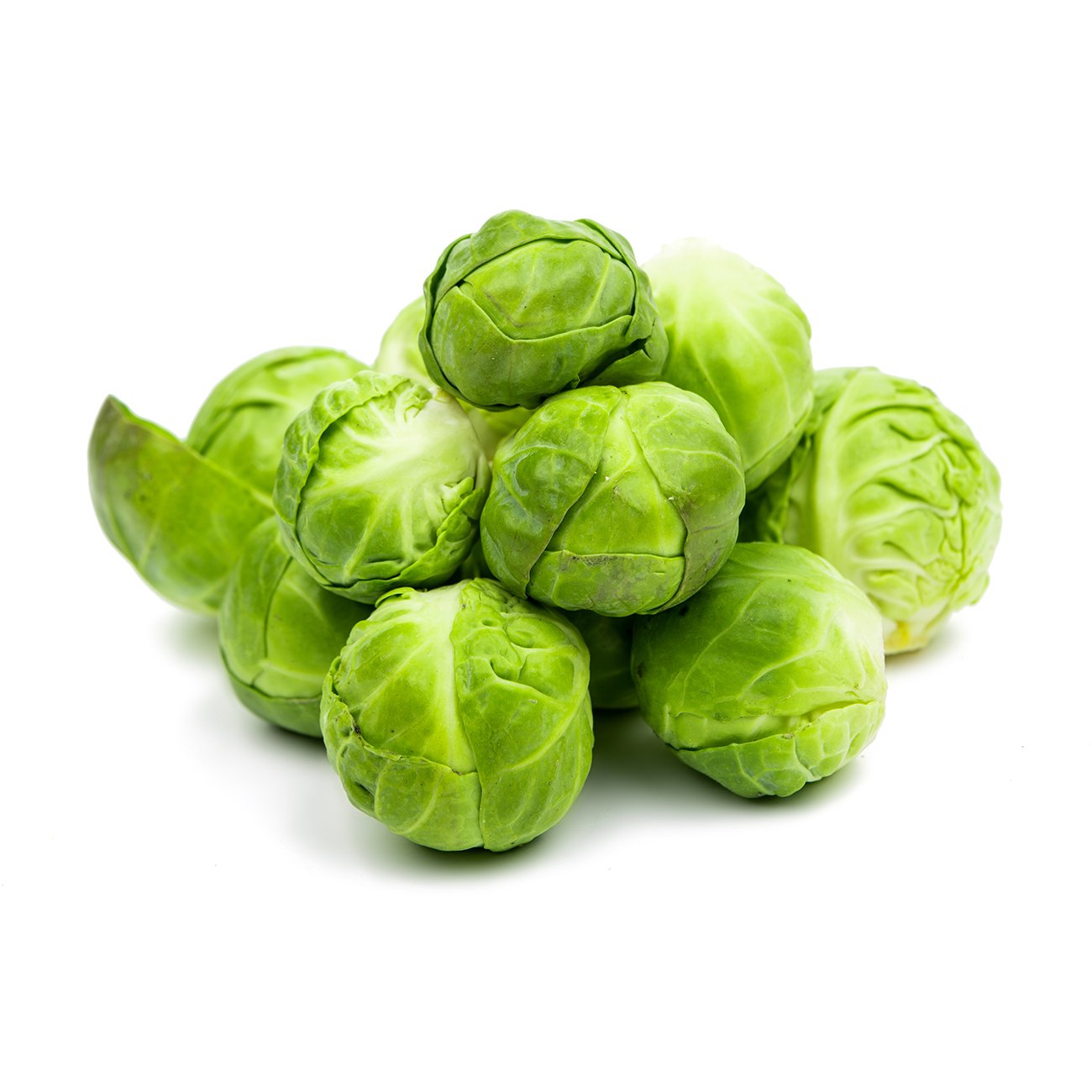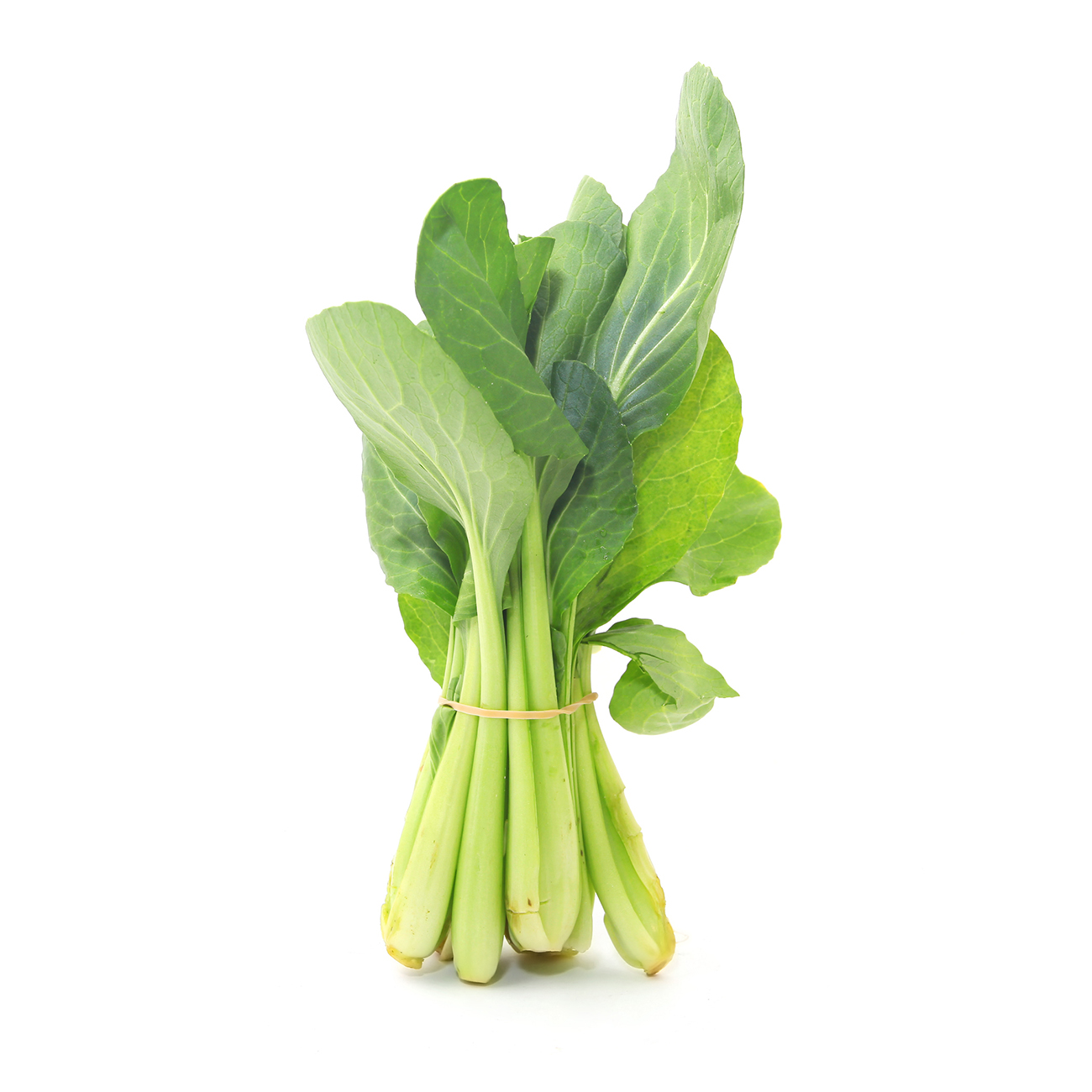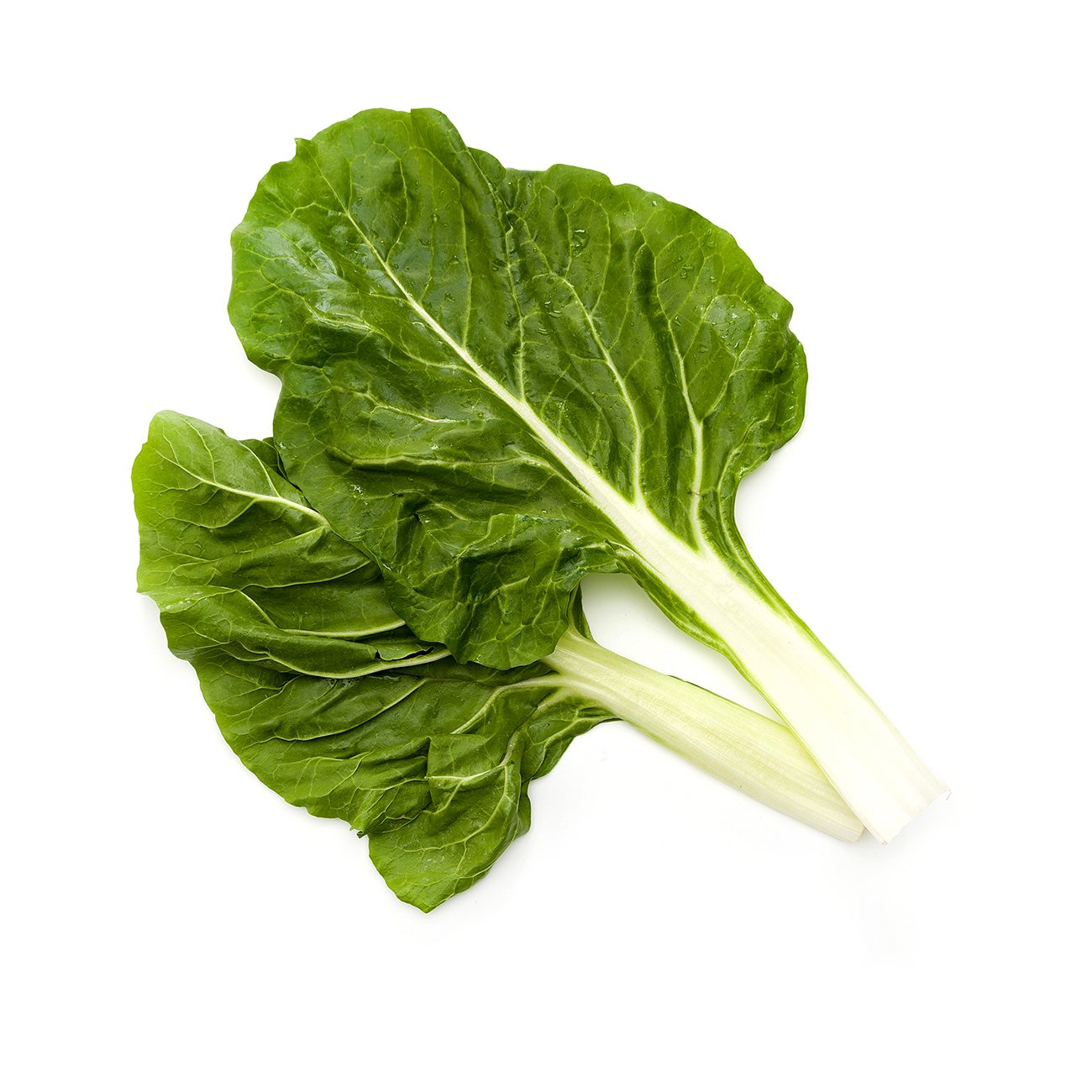Brussel sprouts
This veg is shaking off the stigma and making a culinary comeback.
Alternative Name
N/A
Scientific Name
Brassica oleracea (gemmifera group)
Health benefits
Brussel sprouts resemble miniature cabbages and are named after the city of Brussels in Belgium. The sprouts are the edible vegetative buds of the plant. This vegetable is a member of the brassica—or cabbage—family, also known as a cruciferous vegetable.
-
Harvesting
Brussel sprouts should be bright green and firm, without yellowing. The butt end may be slightly discoloured, but should not be dark.Postharvest storage temperature
Brussel sprouts are moderately perishable and can be stored 3–5 weeks near 0°C. Shelf life at 5°C is 10–18 days and at 10°C is less than 7 days. They are often hydrocooled, but can be air cooled and freeze at about -0.6°C. Slight freeze damage on the outer leaves of buds may result in small dark and translucent areas. Severe freeze damage results in the entire bud becoming dark and translucent, and very soft after thawing.Controlled atmosphere storage
'Fresh picked' quality can be maintained with modified atmospheres (1–4% O2, 5–10% CO2 at 2.5–5°C). The main benefits are reduced yellowing and decay, reduced butt discolouration and inhibition of ethylene production. No benefits of CA are observed if they are kept at their optimum storage temperature 0°C. Low oxygen storage (<1%) can cause extreme bitterness and may also cause internal discolouration. atmospheres of 10–12% co2 can result in off-flavors and off-odors.>Ethylene sensitivity
Brussel sprouts are sensitive to exposure to ethylene. Leaf yellowing and leaf abscission are the most common symptoms of ethylene injury.Humidity storage
Store at >95% relative humidity. Although they have considerable wax on their leaves, they become flaccid due to water loss without this humidity.Disease & infection
Brussel sprouts are not very prone to postharvest decay, but may be affected by the same organisms that infect other brassica vegetables. Bacterial decay can arise from various soft rot causing organisms, but more often from physical injury. -
Do not peel. Trim, remove outer and pick from stem before use. Keep in vegetable drawer of fridge.

You might also like
Veggy tip
Slice brussel sprouts in half or quarters and add to a stir-fry, or slice using a mandoline slicer and add raw to salads and coleslaws.




